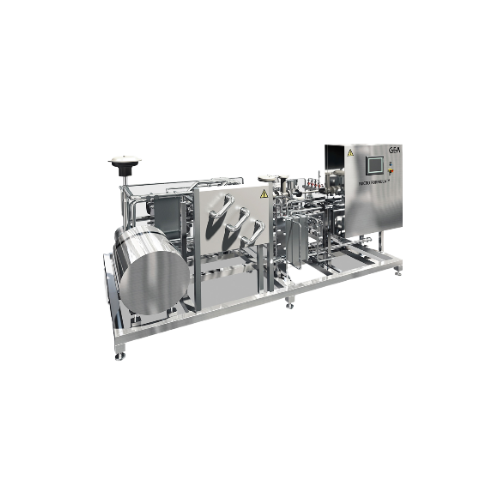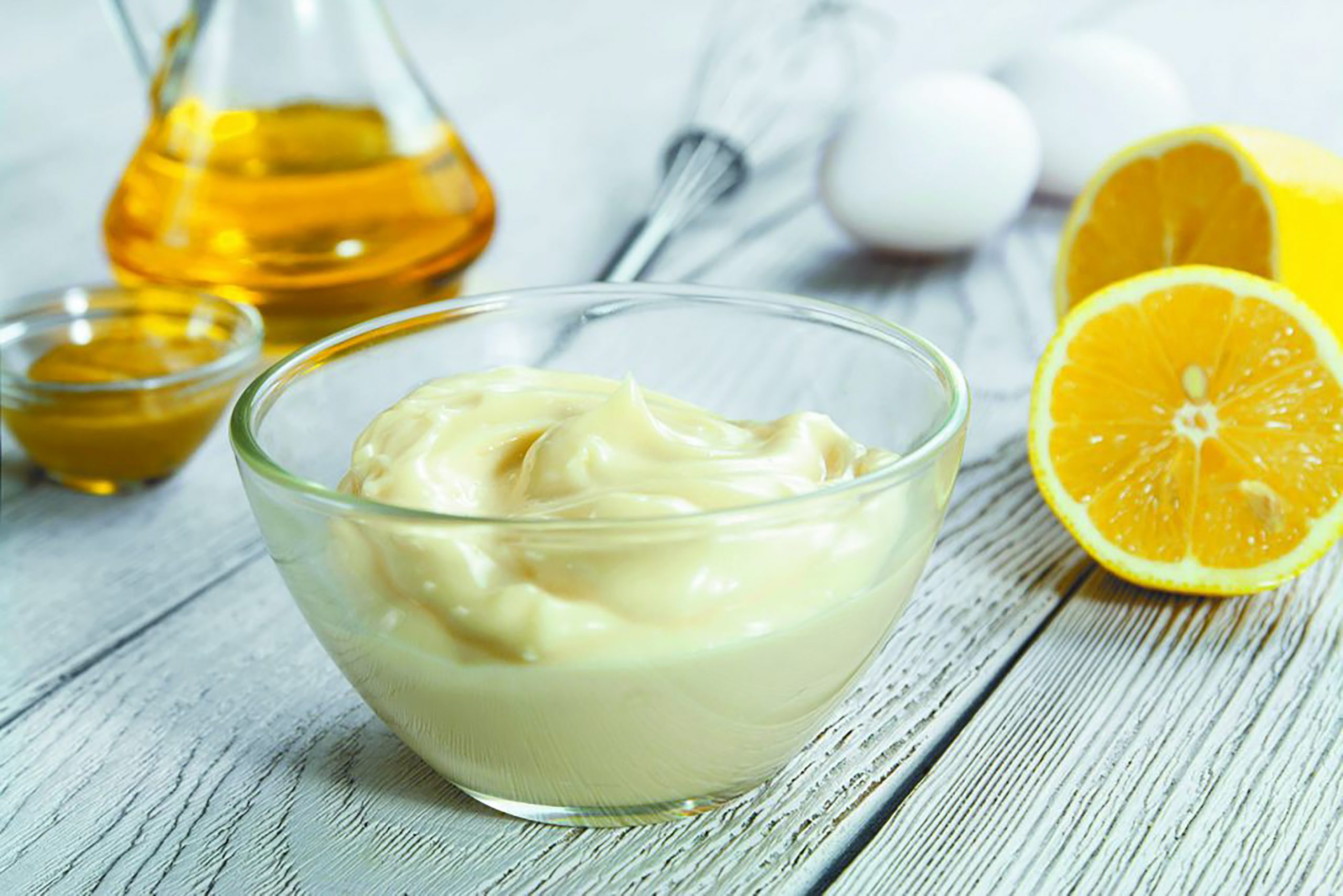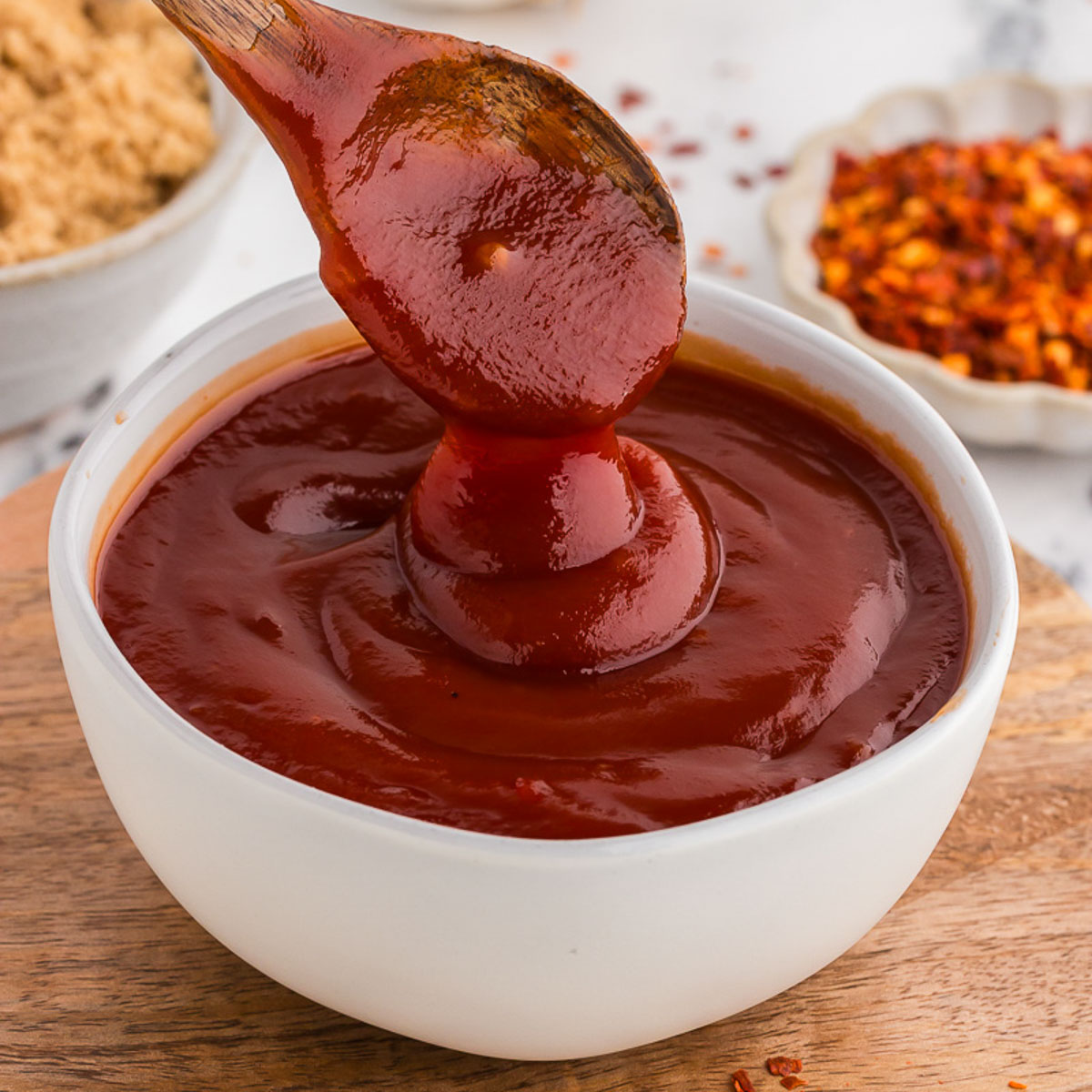Microparticulation unit for whey protein processing
Enhance your dairy and food formulations with optimized whey protein microparticulation, achieving superior emulsification and water-binding properties to improve texture and yield, while maintaining long production run times with low maintenance demands.

Processes Whey Proteins for Enhanced Functional Properties
The GEA MICRO FORMULA® is a specialized microparticulation unit designed for dairy and food manufacturers seeking to improve the quality and functionality of whey protein products. This system employs a unique temperature, time, and shear (TTS) unit, offering complete control over protein denaturation, particle size, and functionality, ensuring consistent product quality. The unit excels in creating high-quality microparticulated whey protein concentrates (WPC) for diverse applications like cheeses, ice creams, yogurts, and sauces.
Available as standardized modules to match various capacity needs, the GEA MICRO FORMULA® integrates seamlessly with existing liquid processing systems, facilitated by its modular design. The system’s configuration minimizes capital and operational expenses by eliminating the need for specialized equipment like homogenizers. Designed with hygiene in mind, it incorporates a clean-in-place (CIP) system that extends production runtimes to 18-20 hours between cycles.
Ideal for both continuous output and pilot testing, the unit can be rented, allowing manufacturers to test the technology on-site with their raw materials, ensuring compatibility with existing production lines without risk of material transport issues. The unit supports the production of liquid products with high viscosity, excellent water-binding, and emulsifying properties, contributing to superior product yield and quality.
Benefits
- Lowers investment and operational costs by using standard components, reducing the need for specialized equipment.
- Extends production runtimes up to 20 hours between cleaning cycles, minimizing downtime and maintenance expenses.
- Enhances product yield with excellent water binding and emulsifying properties, ideal for low-fat food applications.
- Offers on-site testing with rental pilot units, ensuring seamless integration and compatibility with existing processes.
- Facilitates sustainable production with reduced fouling and energy-efficient operations.
- Applications
- Sauces, Cheese, Food applications, Ice cream, Dressings, Mayonnaise, Yogurt, Fat emulsions, Milk desserts, Dairy
- End products
- Vegetable oil emulsions, Caesar dressing, Bbq sauce, Low-fat mayonnaise, Greek yogurt, Chocolate pudding, Mozzarella cheese, Cheddar cheese, Reduced-fat ice cream
- Steps before
- Ultrafiltration, Membrane Filtration, Raw Material Preparation
- Steps after
- Packaging, Sterilization, Product Evaluation, Distribution
- Input ingredients
- whey proteins, raw materials for microparticulation
- Output ingredients
- microparticulated whey protein concentrates, whey products, low-fat dairy products, high-viscosity products
- Market info
- GEA is known for its expertise in engineering innovative and sustainable equipment and solutions, focusing on sectors such as food, beverages, pharmaceuticals, and energy, with a reputation for quality, efficiency, and advanced technological applications in industrial processing.
- Particle size
- 1-10 µm
- Capacity
- Various sizes to match capacity requirements
- Temperature control
- Proprietary temperature control system
- Automation
- Complete control of heat protein denaturation
- Production run time
- 18-20 hours between CIP cycles
- Fouling resistance
- Low fouling, long production runs
- Cleaning
- Hygienic design for easy cleaning
- Batch vs. continuous operation
- Batch / Inline Continuous
- Automation level
- PLC / SCADA
- Cleaning method
- CIP / Manual
- Energy efficiency
- Low OPEX
- Changeover time
- Minimal
- CIP/SIP
- 18-20 hours run time between CIP cycles
- Heat transfer control
- Proprietary TTS unit
- Cleanability
- Hygienic design
- Corrosive resistance (e.g. acids)
- Stainless steel components
- Fat replacement capability
- Commonly used in low-fat dairy alternatives
- Container size and shape
- Adaptable depending on packaging requirements
- Agglomeration risk
- Managed through specific processing techniques
- 3A Sanitary Standards
- Yes
- FDA Compliance
- Yes
- EHEDG Certification
- Yes
- CE Marking
- Yes
- GMP Compliance
- Yes
- ATEX Certification
- No
- Machine footprint
- Compact, standardized module
- Module size
- Different sizes available to match capacity requirements
- Feed/discharge method
- Standard flow components (pumps and valves)
- Control panel type
- Proprietary temperature, time, shear (TTS) unit








